Training Your Blue Heeler: Tips and Techniques for Success

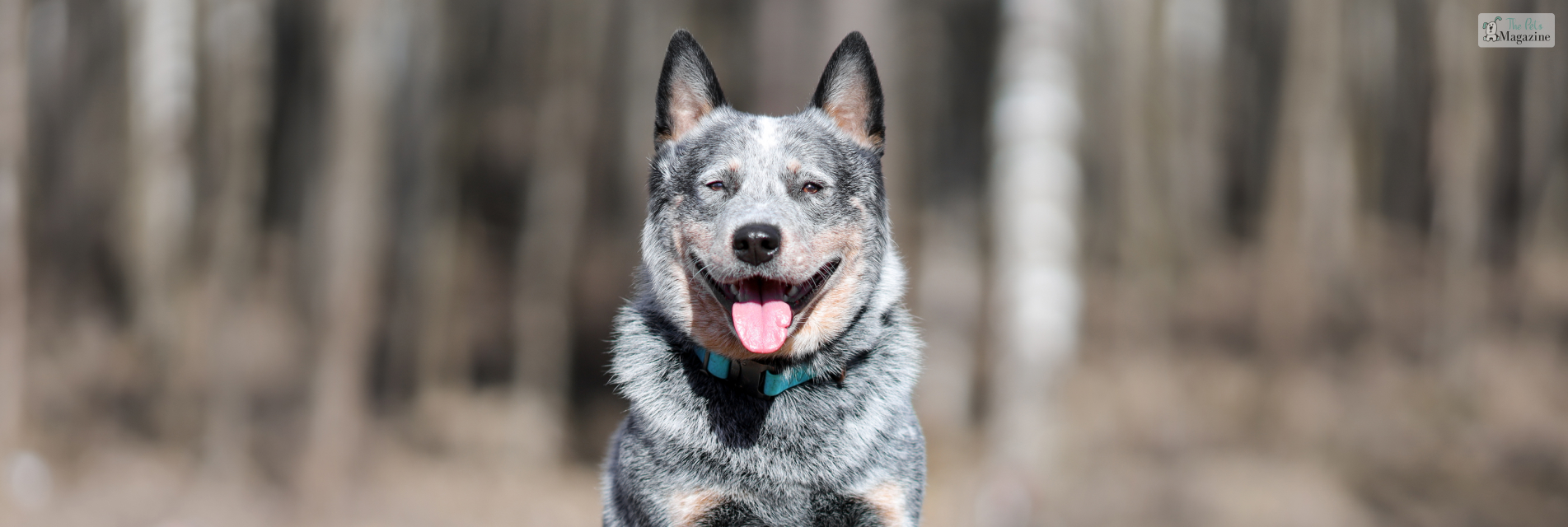
Australian Cattle Dogs with blue coats are commonly referred to as Blue Heelers. They have been around since 1840. They are descendants of dingoes, wild dogs of Australia, and other dog breeds brought over from Europe. The breed was created by European settlers in Australia who needed a dog breed that could help them with cattle herding tasks and handle the challenging terrain and the high temperature.
You have probably spotted an ad for blue heeler puppies for sale, and you think they are cute and want to adopt one right now. But stop right there! If you plan on bringing a blue heeler puppy home, you need to know all about their unique characteristics and temperament that set them apart from other dog breeds. The knowledge will come in handy when you are training your blue heeler dog.
Blue Heeler dogs are highly energetic, active, and intelligent dogs known for their strong work ethic. They are hard workers and thrive best when they have a job to do. Thus blue heeler puppies are best suited for active households where they can take part in activities like running, hiking, biking, and so on. In addition to that, Australian blue heeler also possesses a keen intellect and are quite resourceful in their own way.
Australian Cattle dogs are tough and independent, but they can be headstrong if they want to be. Therefore blue heeler dogs need an owner who can guide and train them with a firm hand so that they can grow up to be well-rounded, even-tempered dogs.
Why You Need to Train Your Blue Heeler from a young age?
Training your Australian Cattle Dog, also known as a Blue Heeler, is not an optional activity. It is absolutely essential for the well-being and happiness of both you and your furry companion. Proper training will help create a strong bond between you and your dog while curbing behavioral issues.
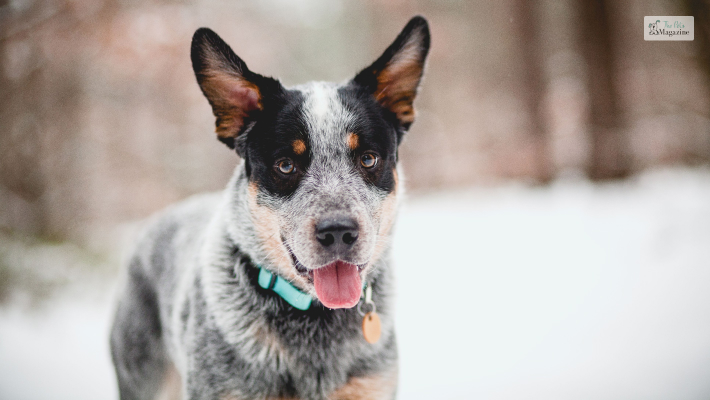
Some common behavioral issues that blue heelers may exhibit if not trained properly are:
Excessive barking:
Blue heelers may bark a lot to express their boredom, frustration, excitement, or alertness. They may also bark to get attention or to communicate with other dogs or people. Barking can be reduced by providing enough exercise, mental stimulation, and positive reinforcement for quiet behavior12.
Herding behaviors:
Blue heelers have a strong instinct to herd and control livestock, which may translate to nipping, biting, or chasing other animals or people, especially children. They may also try to round up or corral their family members or objects. Herding behaviors can be managed by teaching the dog to respect boundaries, redirecting their energy to appropriate outlets, and providing alternative commands or cues12.
Destructive behavior:
Blue heelers may chew, dig, or destroy things in the house or yard if they are bored, stressed, anxious, or have excess energy. They may also do this to entertain themselves or to escape from confinement. Destructive behavior can be prevented by providing adequate exercise, mental stimulation, and enrichment, as well as ensuring the dog has a safe and comfortable environment.
One of the primary reasons you should start training your blue heeler from an early age is their high energy levels. These dogs were bred to be working dogs and have an innate drive to herd cattle. They can run all day without getting tired. So if they don’t find any proper outlet for their energy, they will become bored and restless.
They will use their pent-up energy to entertain themselves, which can lead to destructive behavior. Hence you should only adopt a blue heeler puppy if you think you can provide them with an active lifestyle.
Blue heelers are also not very good with young children. They tend to play rough because of their high energy and herding instincts and can unknowingly hurt or injure young children. Blue heelers also only have a little patience with small children or pets smaller in size and may even try to herd them if they are feeling restless. This also holds for crossbreeds like the Australian shepherd blue heeler mix.
Proper training from a young age will help your Blue Heeler or blue heeler mix to get along well with other animals and young children. In addition, this breed tends to be protective of their family members but can be wary of strangers or other pets if not adequately exposed from an early age. So if you are adopting crossbreeds like blue heeler corgi mix, start the socialization process as early as possible.
Additionally, training provides mental stimulation for these intelligent dogs. They love being kept busy and need tasks that will challenge them mentally and physically. Daily training sessions are a perfect opportunity to keep blue heelers mentally satisfied.
Tips and Techniques for Training Your Blue Heeler
Here are some tips and techniques that you can follow while training your Blue Heeler:
Socialize Them From A Young Age
You should start training your Blue Heeler puppy the day you bring them home. First, start with the basics. Teach your puppy their name, and begin crate and house training immediately. But also remember to be patient and consistent with your training.
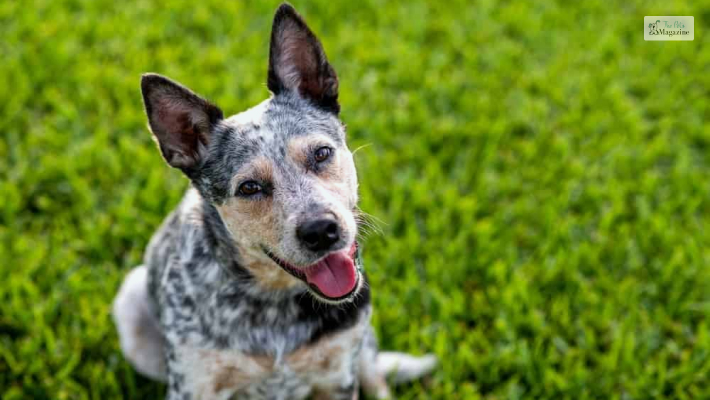
House training and teaching your puppy proper behavior will take time and practice. Gently but firmly correct unwanted behavior, and lavish them with praise when they do well. Positive reinforcement with treats will also help them catch on quickly.
Once all the essential vaccinations are done, you can slowly start exposing your Blue Heeler to new people, places, and experiences. Take them on walks, to pet stores and parks, and invite friends over. The more positive interactions they have from a young age, the friendlier they’ll be.
You can also set up playdates with other puppies to help your Blue Heeler learn proper interaction and bite inhibition. Look for puppies of a similar age, size, and energy level. Supervise them closely at first to ensure they are being friendly, then give them some space to interact on their own. Play is how puppies learn social skills and build confidence.
Teach Them To Follow Basic Commands
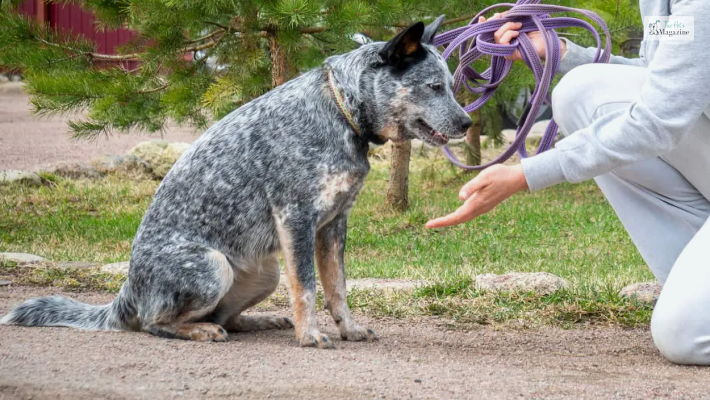
Once your Blue Heeler puppy has mastered the basics, like potty training and leash walking, it’s time to start teaching them some simple commands. Blue Heelers are intelligent dogs, and training will give them mental stimulation while also helping to establish you as the pack leader.
Here are some of the basic commands that you can teach your Blue Heeler pup:
1. Sit
The ‘sit’ command is one of the easiest to teach. Hold a treat above your Blue Heeler’s head and say, ‘sit’. As their head tilts back, their butt will naturally lower into a sitting position. Once they’re sitting, say ‘good sit!’ and give them the treat. Practice this multiple times per day in short sessions. Eventually, you can start giving the treat only occasionally when they respond to the command so they learn to sit when asked whether or not a treat is offered.
2. Stay
‘Stay’ is vital for controlling your Blue Heeler’s impulses. Have them sit, say ‘stay’, hold your hand up like a stop sign, and take a few steps back. If they stay, say ‘good stay!’ and give a treat.
If they get up, gently return them to the spot and repeat the command. Practice increasing the time and distance. This command will take a lot of consistency and patience.
3. Come
‘Come’ is essential for calling your Blue Heeler back to you, whether for safety or to put their leash on. While playing or exercising, run away from your dog while enthusiastically saying ‘come!’.
When they run over to you, give lots of praise and treats. You can also practice this on a long leash. Start in an area without distractions before trying it when other dogs or people are around.
4. Heel
‘Heel’ teaches your Blue Heeler to walk calmly by your side. With your dog on a leash, say ‘heel’ and start walking. If they pull ahead or lag behind, stop walking until the leash relaxes, then continue.
Give treats and praise when they’re in the proper heel position. Practice in short bursts, gradually increasing the time. Be patient through the training process. Your Blue Heeler puppy will get better with consistency and positive reinforcement!
Be Firm With Them
Training a Blue Heeler puppy takes patience and the right techniques. Positive reinforcement and reward-based training are must-haves. Focus on rewarding your pup when they respond well.
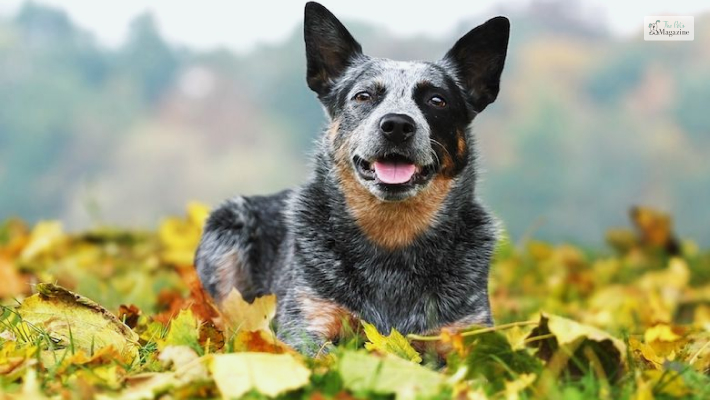
Give treats, praise, play, and belly rubs. Save scolding and punishment for only the most extreme unwanted behaviors. Make training fun and help your dog associate it with positivity.
Use small, high-value treats to keep your pup engaged. Break out the treats your Heeler loves only during training to make it extra rewarding. Offer treats frequently in short bursts, especially at first. This keeps them motivated to work for the reward.
Verbal praise is just as critical. Excitedly say “Good boy!” or “Great job!” and give pets when your pup responds well. Your enthusiastic tone and physical affection will keep them eager to please you.
But you should also be firm with your Blue Heeler pup when needed. Discipline them gently but firmly if they break the rules. Scold them gently if they do something that they are not supposed to. This will help them understand that they have done something wrong and are not allowed to do it again.
Be Consistent
Blue Heelers were bred to work alongside their human companions and herd cattle. As a result, they are pretty easy to train. They are also brilliant animals and can quickly learn commands and any other training you have taught them.
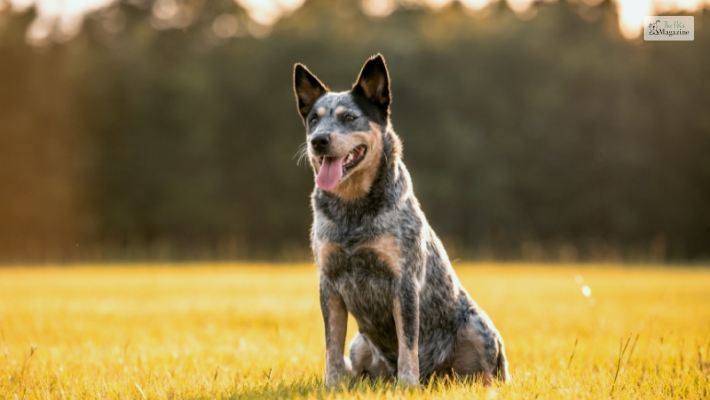
But you have to be firm as well as consistent with them. Whatever command and training you have taught them, you need to practice with them consistently to ensure that your blue heeler does not forget it.
Remember that the blue heeler is intelligent as well as strong-willed. So if you are not consistent with a particular training, it sends a message to your blue heeler that you are not serious about that specific training, and then they will start disobeying you. For instance, you have asked them to stay away from the sofa, but the next day you begin cuddling with them on the sofa. This will confuse them, and they will start making their own decisions.
Final Thoughts
As with any other dog breed, proper research is required before you bring home a blue heeler. You should first and foremost assess if a blue heeler pup is going to be the right addition to your family.
Next, you must consider whether you have the expertise and time to train a blue heeler. Only if the answers to the above questions are yes, then you should start searching for blue heeler puppies near me.
But if you put in the work, remember the tips and techniques we have provided here, and be patient and consistent, then you’ll be rewarded with a loyal companion for life. Good luck! Now get out there, have fun, and start bonding with your new best friend.
You May Also Like







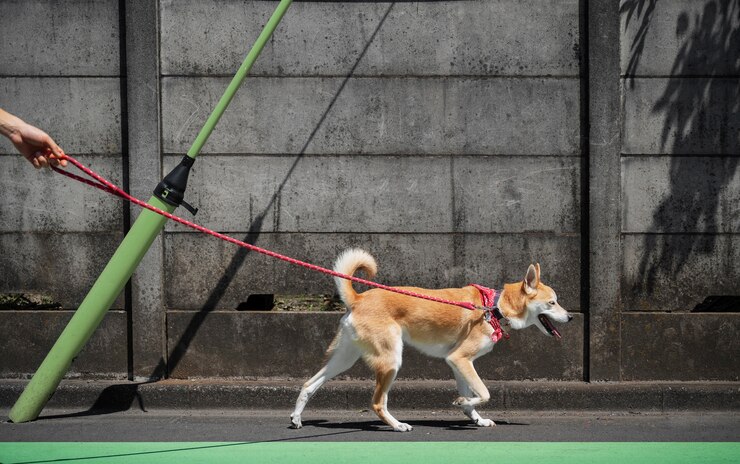
Leave A Comment